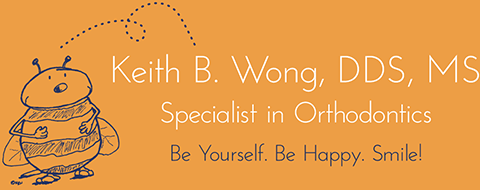How an Orthodontist Differs from a Dentist
Orthodontics and Dentofacial Orthopedics is one of the nine specialties recognized by the American Dental Association. An orthodontist is a dental specialist who has graduated from dental school and subsequently been selected for and completed a two to three-year accredited post-graduate residency in the specialty. Only graduates from such residencies may refer to themselves as orthodontists in the United States.
Orthodontists focus solely on correcting misaligned teeth and jaws using appliances such as traditional braces, aligners (Invisalign), or invisible lingual treatments (Brava), and do not perform restorative or cosmetic dental procedures (e.g., fillings, crowns, implants, laminates).
Post-doctoral orthodontic training includes comprehensive didactic and clinical education relating to the diagnosis, prevention, interception, and correction of malocclusion (misalignment of teeth) within the context of the facial musculoskeletal system. Training, therefore, covers guidance and correction of facial skeletal formation, i.e., dentofacial orthopedics.
An orthodontist is uniquely qualified to assess the facial formation of the growing child or aging adult and provide interceptive treatment designed to influence that formation to improve appearance, occlusion, and oral health.
The orthodontic specialist’s Master’s degree and residency focus exclusively upon the clinical practice of orthodontics through the diagnosis and treatment of patients and the critical analysis of treatment outcomes.
The importance of classroom and clinical experience in graduate orthodontic training cannot be overstated because the education of general dentists in the United States does not include orthodontic education or clinical experience. While attending the School of Dentistry at the University of Michigan (a leading program with a comprehensive curriculum), I was unable to even observe an active orthodontic patient during my four years of general dental training. The reasons for this situation include the lack of sufficient numbers of orthodontic patients to be treated by undergraduate dental students and the sheer amount of other clinical training necessary to prepare a student to function as a primary care dentist.
Through the clinical training of an orthodontic residency and private practice experience of completing over 8,000 orthodontic cases, I have not only gained an understanding of numerous orthodontic and dentofacial orthopedic approaches and appliances, but, more importantly, I have established a personal philosophy of diagnosis and treatment—a philosophy I share with you in the next section.
